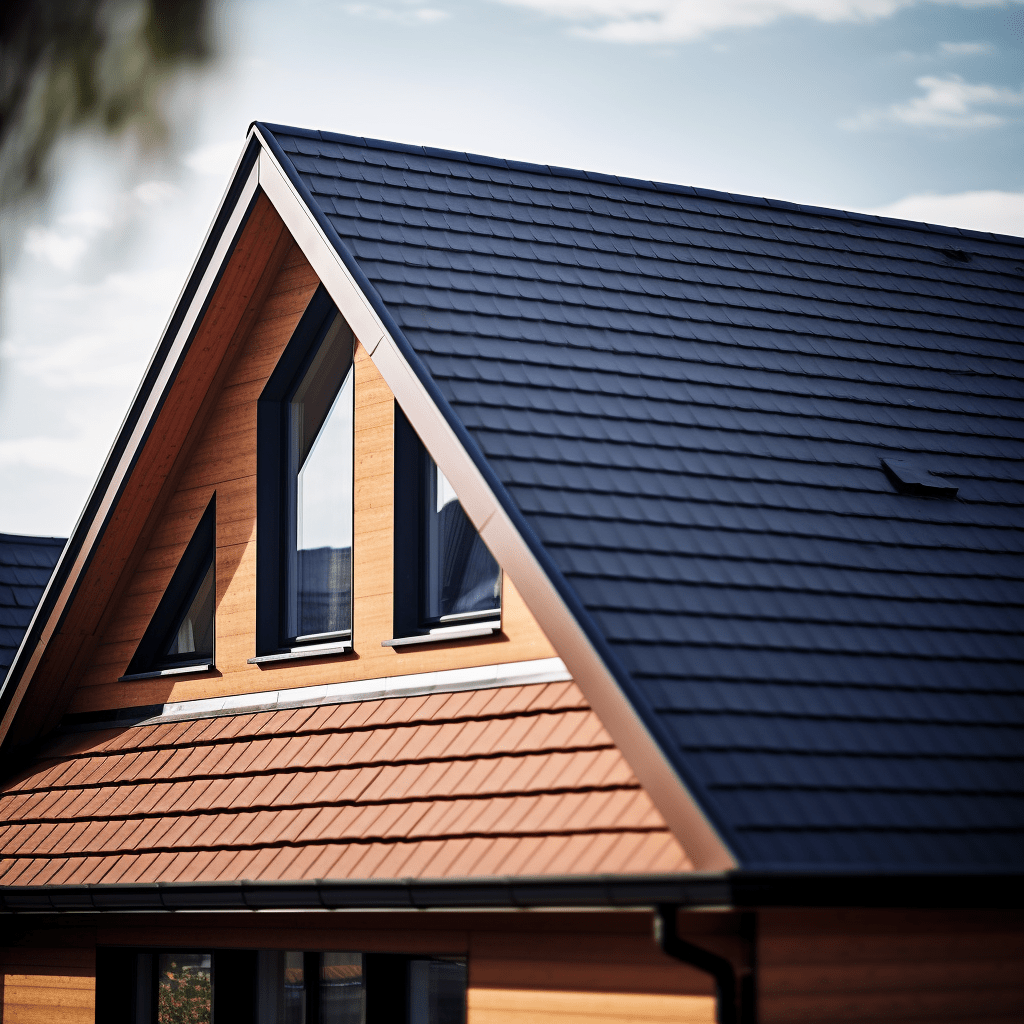Do you have a project coming up that requires a project manager for building homes? If so, you’ll need to find someone with the right set of skills and qualities to manage the project effectively. Here are some of the traits of a great project manager for building homes:
- Attention to Detail: A great project manager for building homes needs to pay attention to detail. They need to be able to identify potential problems early on and take proactive steps to prevent them. This includes making sure all the necessary permits and inspections are in order, as well as keeping an eye on the project’s budget and timeline.
- Good Communication Skills: A project manager for building homes needs to have good communication skills. They should be able to clearly communicate their expectations to the team and ensure everyone is on the same page. They should also be able to effectively handle disagreements or disputes that arise during the project.
- Ability to Handle Stress: Building homes involves a lot of stress and a great project manager needs to be able to handle it. They need to be able to stay calm and focused during difficult times and make decisions that are in the best interest of the project.
- Leadership Skills: A project manager for building homes needs to have strong leadership skills. They need to be able to motivate their team and provide them with the direction they need to complete the project on time and within budget. They should also be able to delegate tasks and mentor team members to help them reach their full potential.
- Problem Solving Skills: A great project manager for building homes needs to have excellent problem solving skills. They need to be able to quickly assess a situation and come up with creative solutions to any issues that arise. They should also be able to think on their feet and come up with innovative ways to move the project forward.
These are just some of the traits of a great project manager for building homes. If you’re looking for someone to manage your project, make sure you find someone who has these qualities and more. With the right project manager, you can rest assured that your project will be completed successfully and on time.
The best project managers for building homes also have a deep understanding of the construction process and the regulations that come with it. They should be familiar with the different materials and techniques used in the construction of homes, as well as the local building codes and regulations. This ensures they are able to provide accurate advice and guidance to their team, and help ensure that all the necessary steps are taken to bring the project to completion.
Finally, a great project manager for building homes needs to be highly organized. They should be able to create and manage a timeline for the project, along with breaking down tasks and assigning them to team members. They should also be able to keep track of progress and budget, and adjust their plans as needed.
Finding the right project manager for building homes isn’t always easy. However, with the right set of skills and qualities, you can be sure that your project will be managed effectively and that it will be completed on time and within budget.
Ultimately, a great project manager for building homes needs to be highly organized, pay attention to detail, have good communication and leadership skills, be able to handle stress, and have excellent problem solving skills. As long as you find someone with these qualities, you can be sure that your project will be a success.
If you’re looking for a project manager for building homes, there are a few things you should keep in mind. First, make sure that the individual you hire is certified and has the necessary experience to handle the project. They should also be familiar with the local building codes and regulations. Finally, make sure that they have the right set of skills and qualities to effectively manage the project.
Finding the right project manager for building homes is essential for the success of your project. With the right individual in place, you can rest assured that your project will be completed on time, within budget, and according to your specifications.
When it comes to finding the right project manager for building homes, you should also consider the cost of the project. Hiring an experienced project manager may cost more than hiring someone with less experience, but it’s worth it in the long run. An experienced project manager will be able to anticipate any potential problems and come up with creative solutions to keep the project on track. They should also be able to identify areas where you can save money, such as by using energy-efficient materials and techniques.
Finally, it’s important to find a project manager who has a good working relationship with the local contractors and vendors. This will ensure that the project runs smoothly and the necessary materials and services are delivered on time.
In conclusion, finding a great project manager for building homes requires a lot of research and consideration. However, with the right set of skills and qualities, you can be sure that your project will be managed effectively and completed on time and within budget.





















